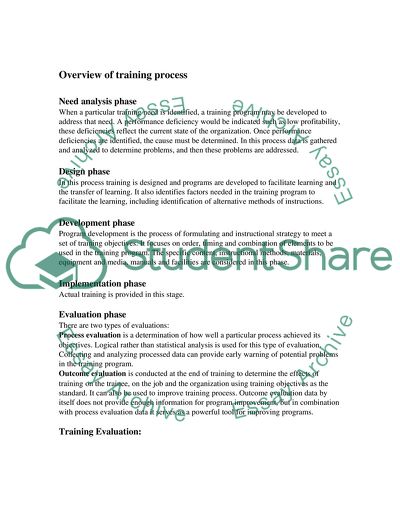Cite this document
(Employee Resourcing and Development Report Example | Topics and Well Written Essays - 1750 words, n.d.)
Employee Resourcing and Development Report Example | Topics and Well Written Essays - 1750 words. https://studentshare.org/human-resources/1735993-employee-resourcing-and-development
Employee Resourcing and Development Report Example | Topics and Well Written Essays - 1750 words. https://studentshare.org/human-resources/1735993-employee-resourcing-and-development
(Employee Resourcing and Development Report Example | Topics and Well Written Essays - 1750 Words)
Employee Resourcing and Development Report Example | Topics and Well Written Essays - 1750 Words. https://studentshare.org/human-resources/1735993-employee-resourcing-and-development.
Employee Resourcing and Development Report Example | Topics and Well Written Essays - 1750 Words. https://studentshare.org/human-resources/1735993-employee-resourcing-and-development.
“Employee Resourcing and Development Report Example | Topics and Well Written Essays - 1750 Words”. https://studentshare.org/human-resources/1735993-employee-resourcing-and-development.


